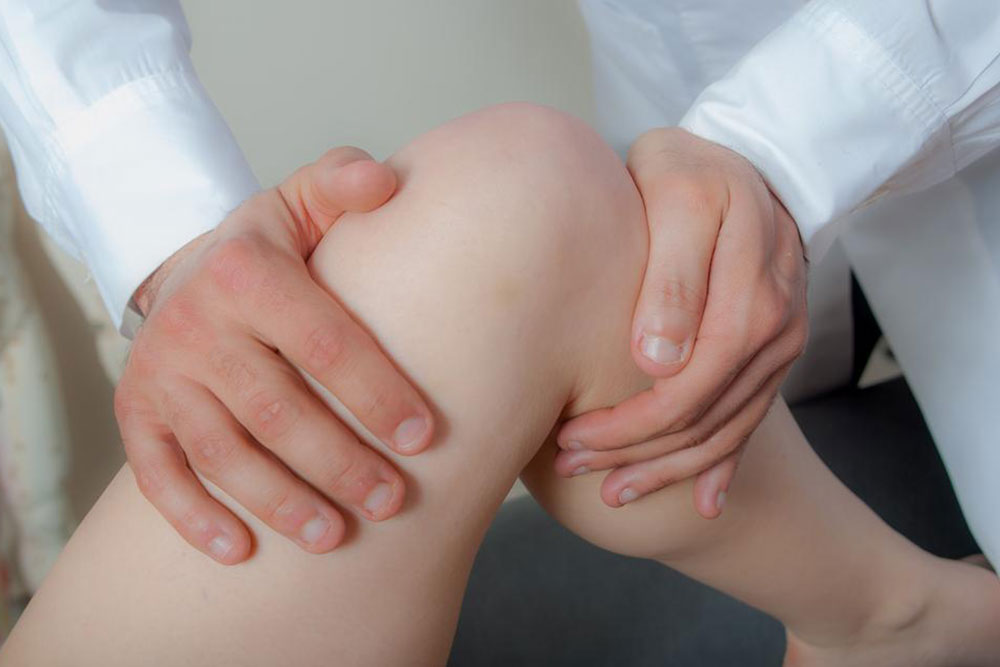5 quick relief options for torn meniscus pain
A very common knee injury, a torn meniscus is caused due to forceful twisting or rotating of the knee. Menisci is a C-shaped piece of cartilage that provides cushioning between the thighbone and the shinbone. There is one meniscus in each knee. The damage is extensive when the full weight of the body is on the affected knee. There is stiffness, pain, and swelling of the knee joint. There might be some difficulty while moving and stretching the knee.

A torn meniscus is also caused due to aging or overuse, which can occur due to excessive playing of sports. This happens due to slow wear and tear of the cartilage. When one of the menisci is torn, connected bones do not glide smoothly over each other during any knee movement. This causes inflammation and pain whenever there is a knee motion.
Nearly 6 out of 10 people over the age of 65 years tend to suffer from a torn meniscus. There are no prior symptoms or problems of a torn meniscus. However, there can be acute knee pain, and there might be an audible popping sound from the knee when torn meniscus occurs. Depending on the severity of the damage, the patient’s age, and overall health, a doctor will prescribe a treatment plan. Here are some of the initial torn meniscus pain relief plans that are non-invasive and do not require surgery:
- Keep the knee at rest : Do not take up activities that cause physical strain on the knees. Avoid running and jumping. Walk as less as possible. If needed, use crutches or a walking stick to relieve the pressure from the knees. This will provide torn meniscus pain relief.
- Use ice compression : One of the most effective torn meniscus pain relief techniques is to use ice compressions on the affected knee. A gel ice pack can be used for this purpose. Otherwise, ice can be packed in a towel and pressed against the affected area. Ice compress should be applied for about 15 to 20 minutes after 3 to 4 hours daily. This can be done for 2 to 3 days or until the swelling and pain goes away.
- Compress the knee : The swelling can be controlled with a neoprene knee sleeve worn around the knee. Or an elastic bandage can be wrapped around the knee. Consult a doctor or physiotherapist and ask what would the best option.
- Use elevation : The swelling and pain symptoms can be alleviated to a great extent by keeping the knee elevated while sitting or sleeping down. This can be done by placing a pillow under the heel of the foot.
- Exercise to alleviate stress from the knees : Consult a physiotherapist who can recommend strengthening and stretching exercises that will help to reduce the pain and alleviate pressure from the knee.